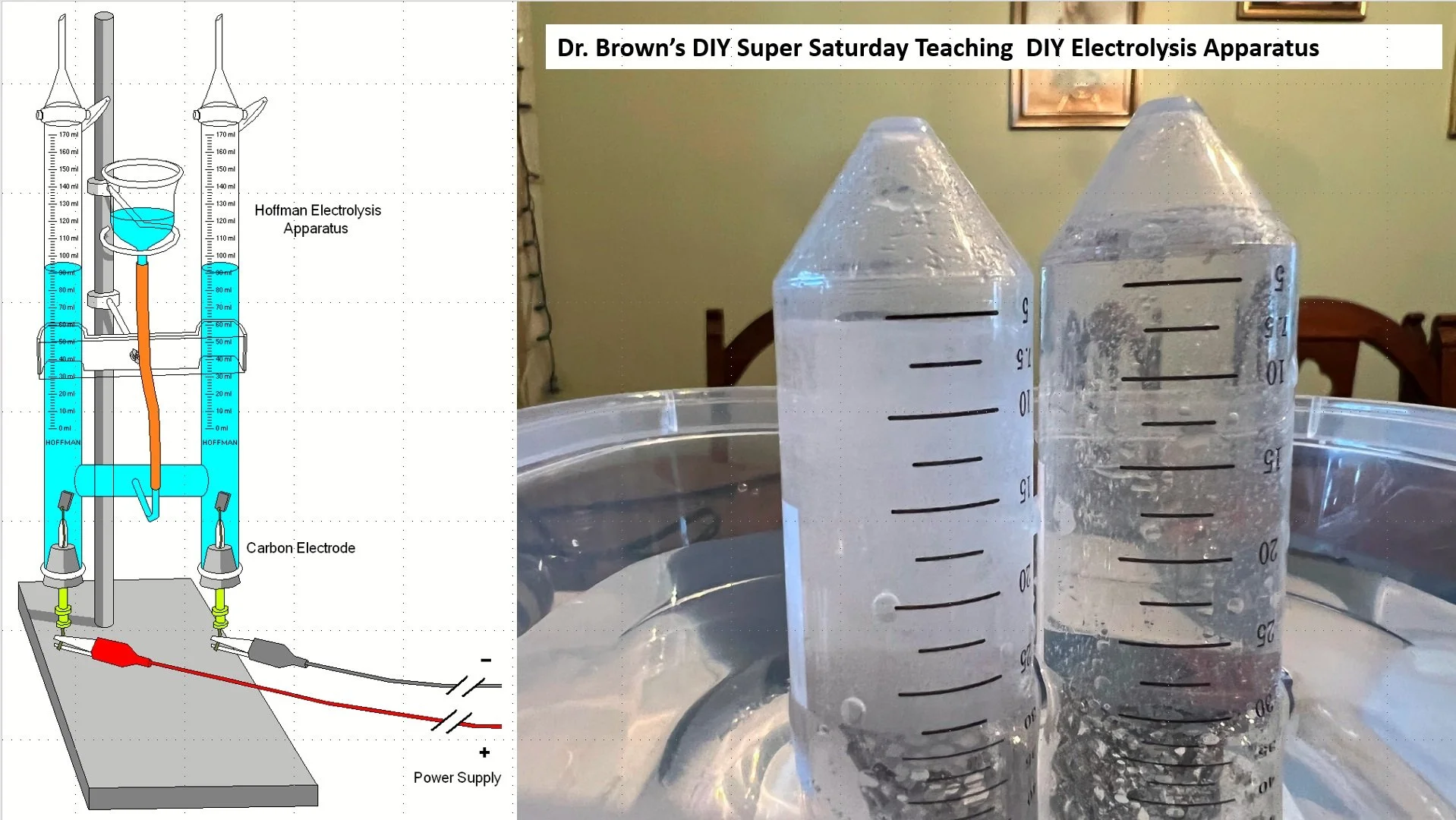To evaluate and compare the Hoffman Apparatus, we will focus on two distinct versions: the commercially available model, often found through a simple internet search, and Dr. Brown's DIY Hoffman Apparatus, created as part of the Super Saturday Program. The commercial version typically ranges in price from $50 to $300.
First, let's delve into the commercial Hoffman Apparatus. This apparatus, a staple in chemical laboratories, is designed for the electrolysis of water, a fundamental experiment in understanding chemical reactions and electrical conductivity. The apparatus consists of two vertical glass tubes connected by a horizontal tube, allowing for the observation of gas evolution at the anodes and cathodes during electrolysis.
In contrast, Dr. Brown's DIY Hoffman Apparatus, documented on the naturalbornscientists.com website, exemplifies the integration of hands-on learning and cost-effectiveness in educational settings. This version, created with budget-friendly materials, provides an accessible way for students to engage with complex scientific concepts. Building such an apparatus not only deepens the understanding of the underlying principles of electrolysis but also enhances skills in problem-solving and creativity.
The DIY approach, particularly in a program for gifted students, fosters a deeper appreciation for the practical aspects of scientific inquiry. It demonstrates the feasibility of conducting significant experiments with limited resources, thus encouraging innovation and adaptability.
In conclusion, while the commercial Hoffman Apparatus offers a ready-to-use solution for studying electrolysis, Dr. Brown's DIY version presents a unique opportunity for students to immerse themselves in the practical aspects of scientific construction and experimentation. Both versions serve the essential purpose of elucidating the principles of electrolysis, yet the DIY apparatus adds an invaluable dimension of hands-on learning and ingenuity.
.
